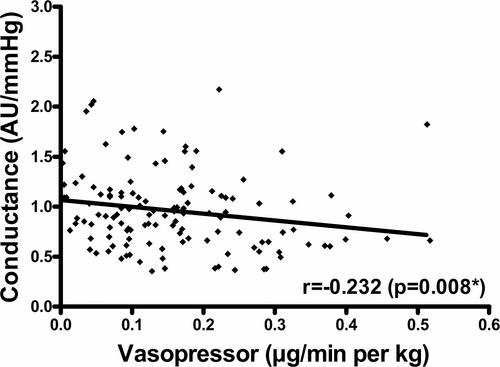Impact of Vasopressors on Microvascular Free Flap Perfusion in Head and Neck Reconstruction
Abstract
Introduction
The use of vasopressors in microvascular head and neck reconstruction is still controversial in view of its potentially negative influence on microvascular flap perfusion, which is crucial for flap viability and commonly used as a parameter in flap monitoring. The aim of this study was to investigate the influence of vasopressors on microvascular free flap perfusion.
Materials and Methods
Perfusion measurement data recorded intraoperatively and postoperatively using the Oxygen-2-see (O2C) analysis system in 274 patients undergoing microvascular head and neck reconstruction with fasciocutaneous free flaps (FFFs) or perforator free flaps (PFFs) between 2011 and 2020 were analyzed retrospectively. Vasopressor dose and perfusion parameters, such as flap blood flow, hemoglobin concentration, and hemoglobin oxygen saturation, as well as flap flow conductance (calculated as the ratio of flap blood flow and mean arterial blood pressure), were tested for associations.
Results
Intraoperative hemoglobin oxygen saturation and postoperative flap blood flow were negatively associated with vasopressor dose in PFFs (r = −0.307, p < 0.001; r = −0.211, p = 0.012, respectively). Both associations remained in multivariable analysis (p = 0.002; p = 0.022, respectively). Postoperative flap flow conductance was negatively associated with vasopressor dose in PFFs (r = −0.232, p = 0.008). This association remained in multivariable analysis (p = 0.023).
Conclusion
The use of vasopressors influences microvascular free flap perfusion in PFFs in terms of intraoperative hemoglobin oxygen saturation, postoperative flap blood flow, and postoperative flap flow conductance. This suggests that the use of vasopressors in PFFs may be an adjustable variable for controlling flap perfusion and should be considered a confounding variable during flap monitoring based on flap perfusion.


 求助内容:
求助内容: 应助结果提醒方式:
应助结果提醒方式:


